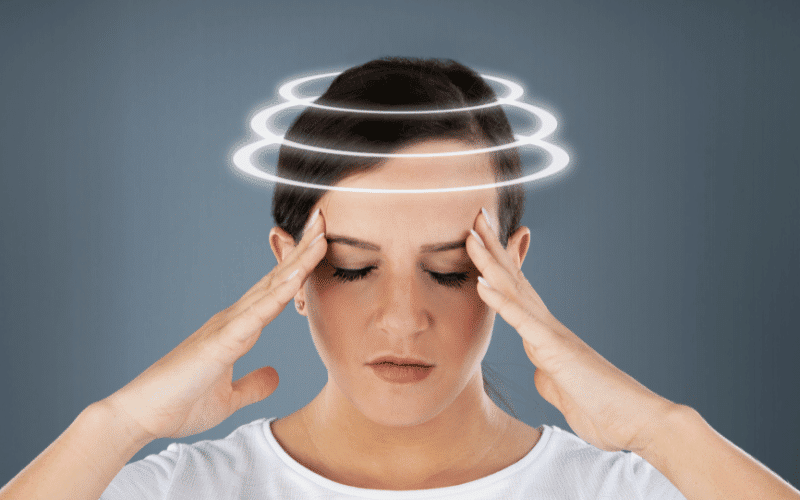Symptom 4. Dizziness and Fainting: The Alarming Indicators of Aortic Stenosis

Life is full of dizzying moments – a whirlwind romance, the thrill of a roller coaster, the disorientation after spinning around too quickly. However, when dizziness and fainting spells occur without any obvious triggers, it’s a cause for concern. In the world of aortic stenosis, these are alarming indicators that demand serious attention.
Dizziness, a feeling of lightheadedness or unsteadiness, can seem like a minor inconvenience. Still, when it becomes recurrent or is accompanied by fainting (also known as syncope), it might be a symptom of aortic stenosis. The sensation can be compared to feeling unsteady on your feet, as though the ground beneath you is constantly shifting. It’s like being on a never-ending carousel ride, where you’re the only one spinning.
In aortic stenosis, the reduced blood flow due to the narrowed valve can’t meet the body’s needs, especially during activities that require increased effort. The brain, being a crucial organ, suffers significantly from this oxygen deprivation. The result? Dizziness and possibly fainting. The brain is like a power-hungry machine; if the power supply dwindles, the machine malfunctions.
Fainting, in particular, can be dramatic and terrifying. One moment you’re perfectly fine, and the next, you’re down for the count, unconscious and unresponsive. It’s a jarring experience, like a sudden power outage in the middle of a movie. When you come around, you may feel disoriented, confused, and alarmed.
Thus, repeated bouts of dizziness should never be brushed off as simple fatigue or a momentary glitch. So, if your world is occasionally spinning out of control or if fainting spells have become a part of your life, don’t ignore these signs. It’s not just about being clumsy or careless. Instead, they could be red flags waving, alerting you to the potential presence of aortic stenosis. (4)